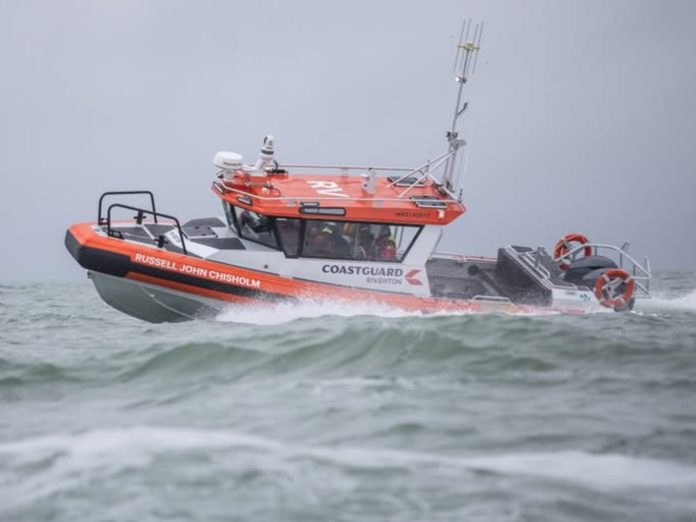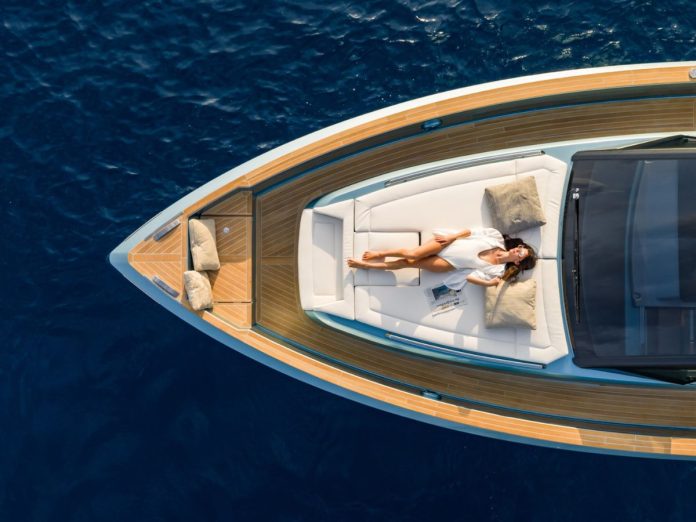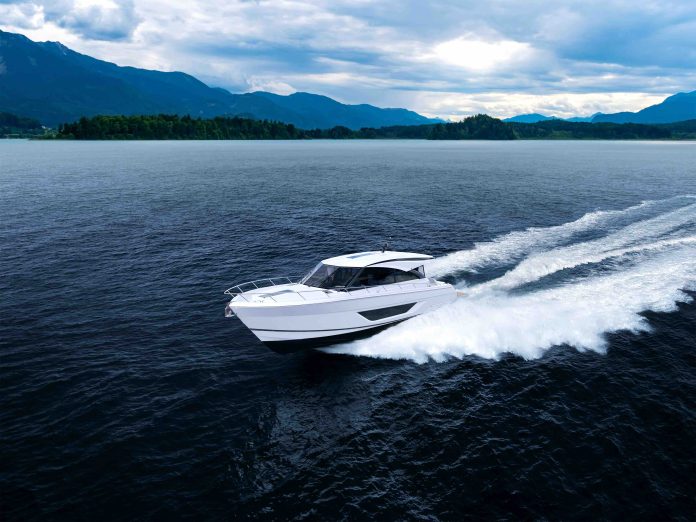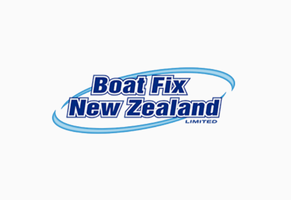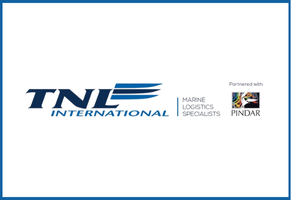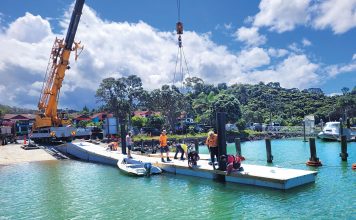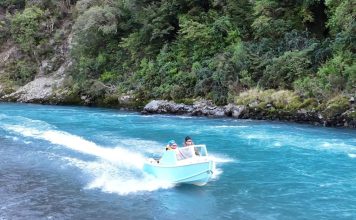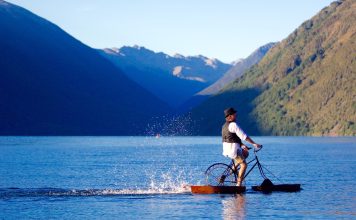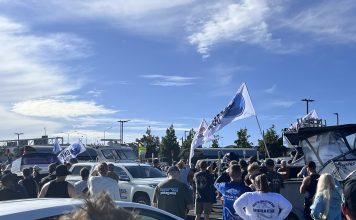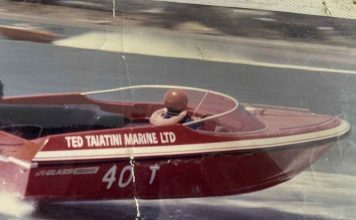The Southland coastline is beautiful but unforgiving. On Saturday, the Riverton community came together to celebrate a major milestone: the launch of the new Coastguard Riverton rescue vessel Russell John Chisholm II and the opening of a purpose-built rescue centre. Together, they give this volunteer crew the tools they need — and deserve — to carry on their lifesaving mission.
A legacy carried forward
The name Russell John Chisholm carries deep meaning for Riverton. In 1998, seven-year-old Russell was lost when a Cessna crashed in Foveaux Strait, his body never recovered. In his memory, the Chisholm family donated Riverton’s first dedicated rescue boat, which served faithfully for more than 20 years.
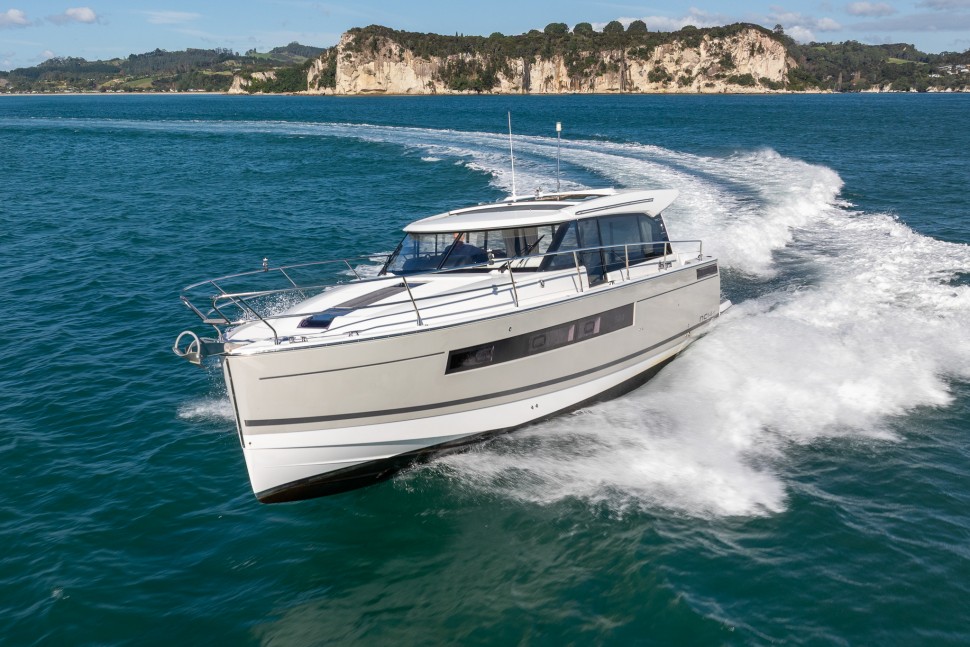
Now, with the launch of this new vessel, that legacy continues. Coastguard Riverton President Ross McKenzie said the name reflects more than equipment:
“With continued support from the Chisholm family, the new boat will retain the name Russell John Chisholm. For us, this is a symbol of resilience, generosity, and the preciousness of life on the water.”
Local leaders, including Aparima Community Board chair Michael Weusten and Southland District Mayor Rob Scott, joined McKenzie in acknowledging the years of effort and fundraising that made the day possible.
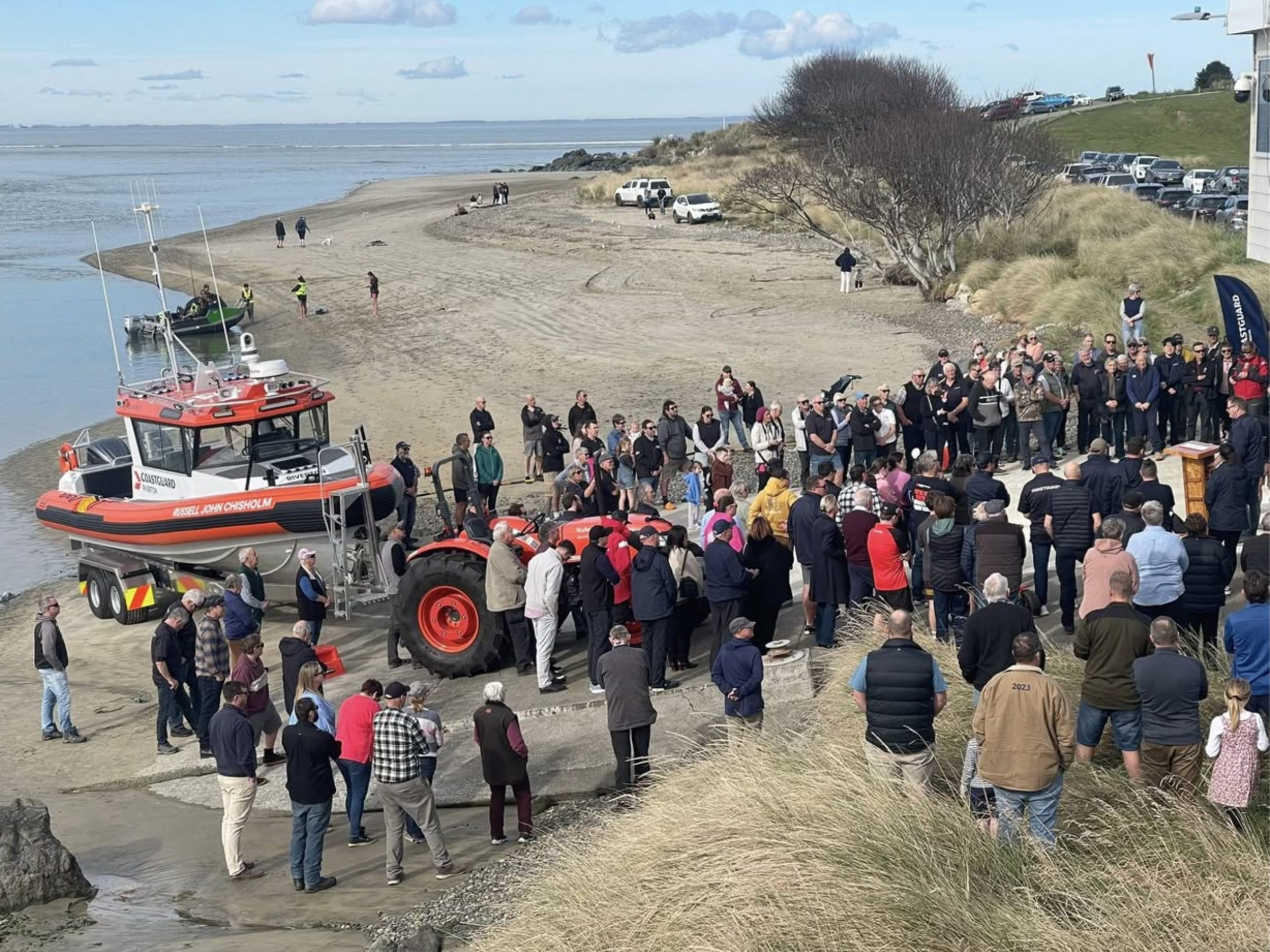
A boat built for Foveaux Strait
The Russell John Chisholm II is a NAiAD 10m Watchtower, the first of its kind in New Zealand to feature a wider hull and knuckle bow. These innovations extend the waterline and soften the entry into waves — critical for Foveaux Strait, where conditions can turn treacherous.
Key specifications include:
- Length overall: 10m
- Beam: 3.45m
- Deadrise: 23 degrees progressive
- Engines: Twin Yamaha V6 350hp outboards, top speed 50 knots
- Construction: Aluminium hull with 600mm EVA foam collar
- Comfort: Ullman shock-mitigating seats, forward cabin with stretcher berth
- Systems: Yamaha Helm Master EX, Raymarine electronics, FLIR night vision, Radio Direction Finder
After a week of sea trials, McKenzie confirmed the vessel is performing superbly:
“The NAiAD is exceeding expectations, handling the sea conditions with ease.”
Built in Southland, backed by expertise
The vessel also represents a first for Gough Brothers Engineering of Invercargill. Established in the 1950s, the company has more than 70 years’ experience in Southland marine engineering, from keeping fishing vessels working to designing propulsion and hydraulic systems.
Owner Nick Morris and his team worked alongside The Whiskey Project Group (TWPG), the Australian design house behind NAiAD’s reputation as the “4WD of the Sea.” For Gough Brothers, the project was a chance to showcase Southland’s ability to build vessels that can handle some of the most demanding waters in the country.
This partnership brought together local craftsmanship and world-class design, producing a boat that is both a state-of-the-art rescue platform and a testament to Southland’s maritime expertise.
Aside
As an aside, the Department of Conservation (DOC) has taken delivery of two new custom NAiAD vessels, supplied by The Whiskey Project Group (TWPG). The boats were commissioned to enhance DOC’s operations in some of New Zealand’s most remote and challenging waters.
The first vessel, PUTANGI, is a 4.3m custom aft console RHIB destined to operate from DOC’s Fiordland-based vessel Southern Winds. The second, PUKUNUI, is a 3.8m RHIB fitted with a 30hp Tohatsu four-stroke outboard, which will support DOC teams on Stewart Island / Rakiura.
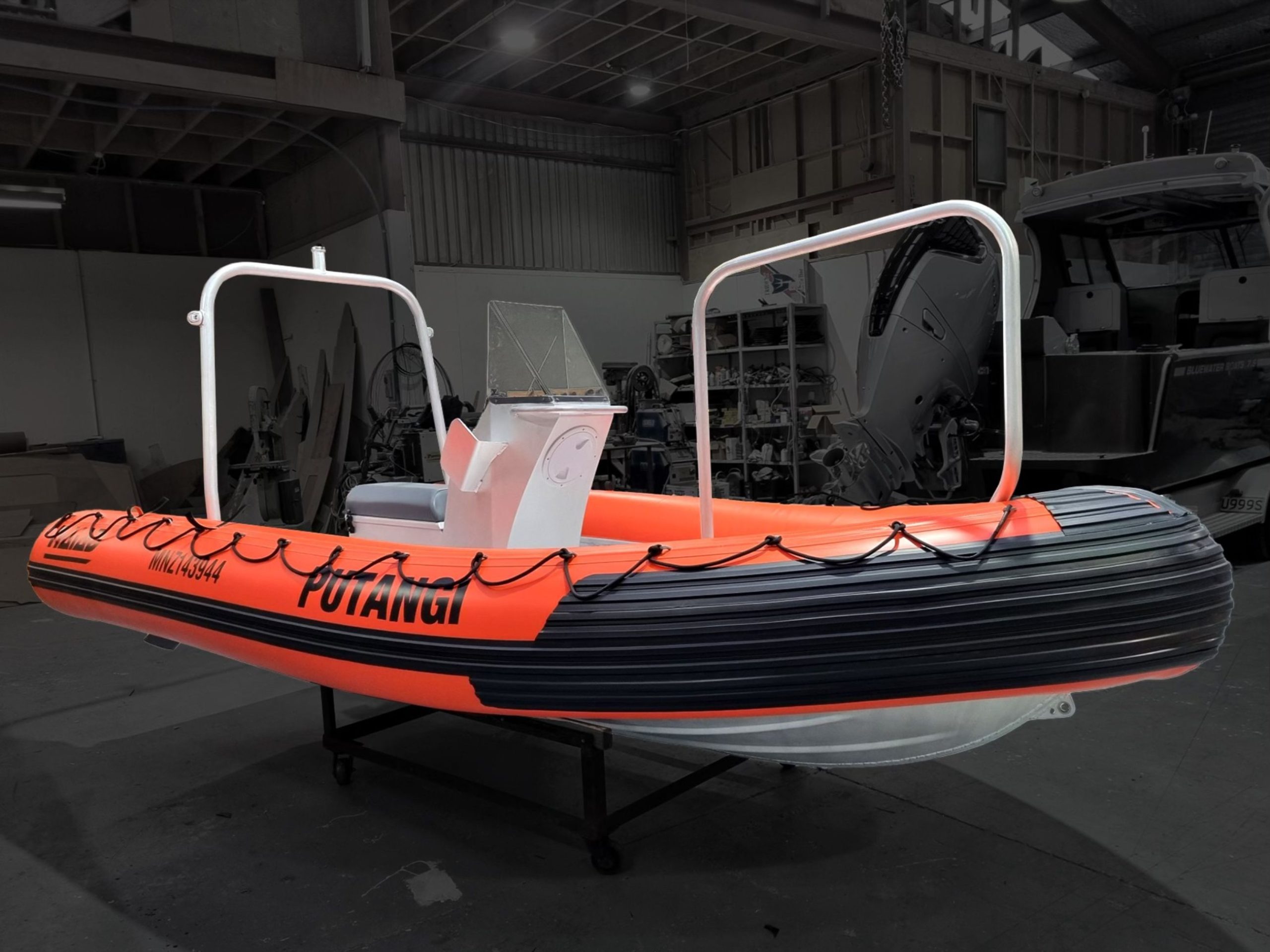
DOC selected TWPG for its reputation in delivering craft that prioritise reliability, safety, and operational excellence, qualities essential for the department’s demanding fieldwork.
A community’s commitment
The launch was more than the arrival of a new rescue boat. Alongside it, Coastguard Riverton opened a new rescue centre, providing the volunteers with a base that matches their commitment.
In New Zealand, Coastguard operations rely on volunteers, sponsors, and local communities. In Riverton, that spirit runs especially deep. With the Russell John Chisholm II and its new centre, the crew can respond faster and safer, ensuring that Southland’s boaters, fishers, and families have the support they need when conditions turn dangerous.
As the crowd dispersed on launch day, one message lingered: this was not just the unveiling of a vessel, but the continuation of a story of resilience, remembrance, and community generosity that began decades ago — and will now carry forward into the future.








